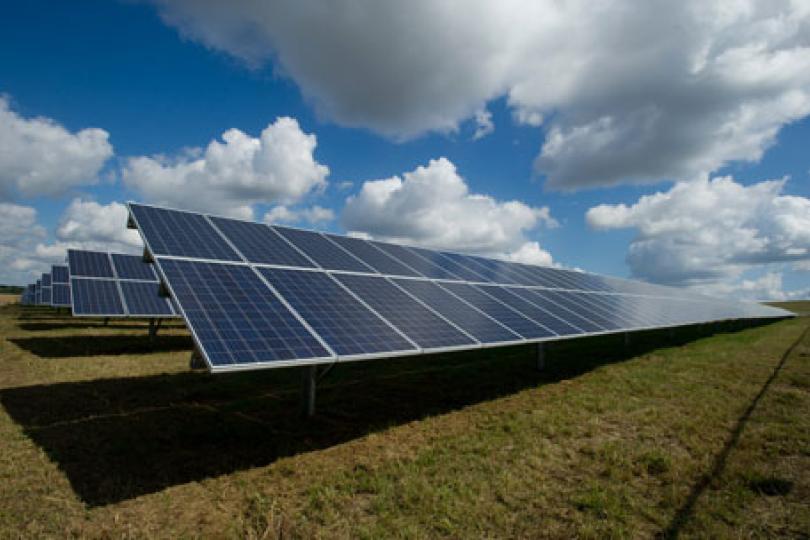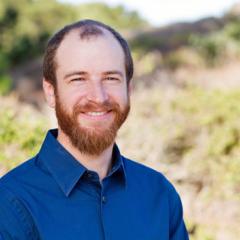Rand's research on growth - and backlog - of renewable energy projects featured in Grist
Joe Rand's research was featured in a Grist article on how renewables are growing — but a backlog of projects is holding up a greener grid. Grist reports that wait times to connect to the grid are going up, and more projects are dropping out in the process. The following is an excerpt from the original article.
From where Joe Rand stands, there’s good news and there’s bad news about renewable energy development in the United States — and it’s hard to tell which is more significant.
Rand and his colleagues put out a new analysis finding that as of the end of 2021, 93 percent of all proposed utility-scale electricity projects that had applied to connect to the grid were wind farms, solar farms, or batteries — which can store energy from renewables and dispatch it when the sun isn’t shining and the wind isn’t blowing.
That’s the good news. But submitting an application with the organization that oversees a region’s grid — commonly known as a regional transmission organization or a grid operator — is just the first step. Next, developers have to conduct several studies and reach an “interconnection agreement” with the grid operator. They also have to obtain construction permits and negotiate deals with power buyers and communities. And then, of course, they have to actually build the project.
This entire period between initial application to the grid and having a functioning utility-scale power plant is called the “interconnection queue,” and right now, it’s jammed up like rush hour traffic. The study found that as of 2021, the average power project was spending 4 years on the queue, compared to just 2.1 years in the decade leading up to 2010. The number of projects withdrawing from the whole process each year seems to be going up, too.
“How cool is it that we have all this clean capacity in the queue? It’s mind blowing,” said Rand. “But this same study shows all these inefficiencies, backlogs, and barriers.”

